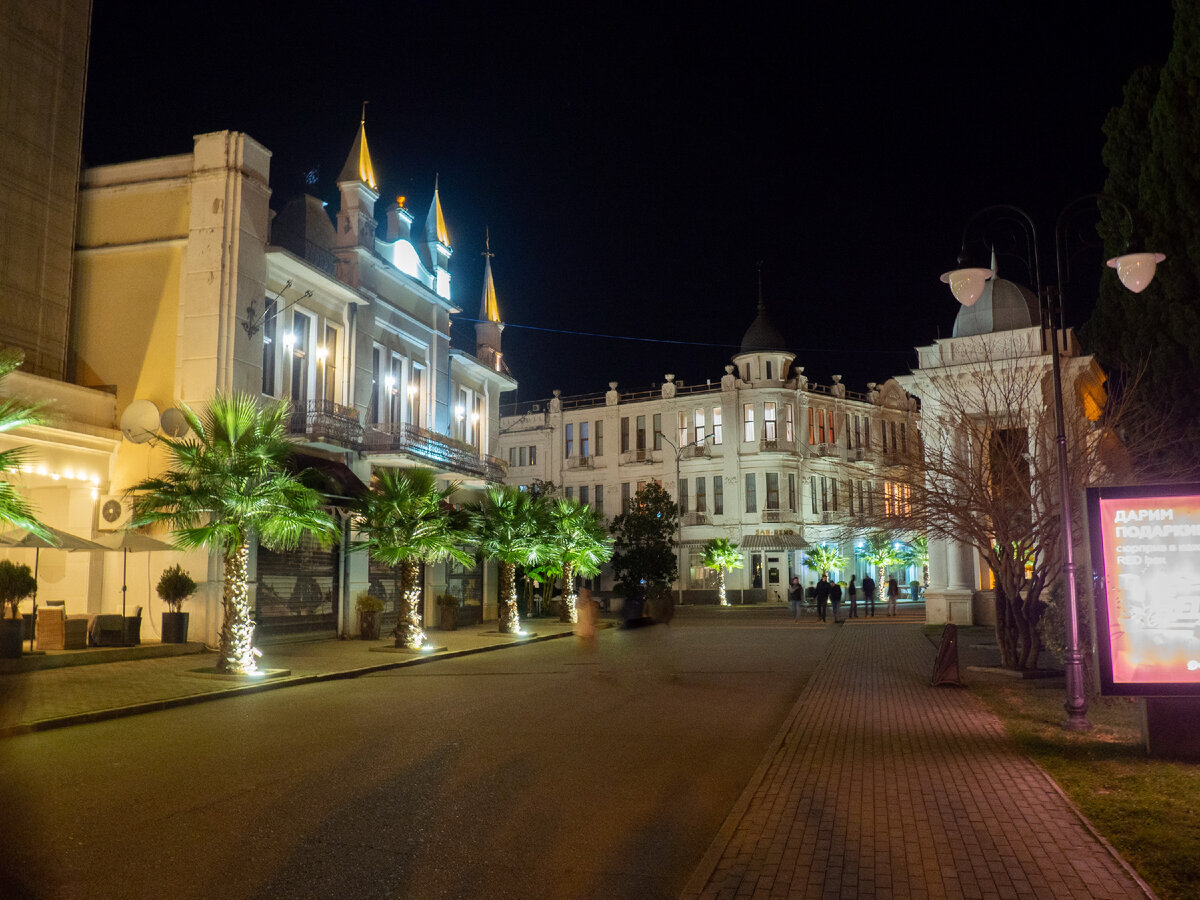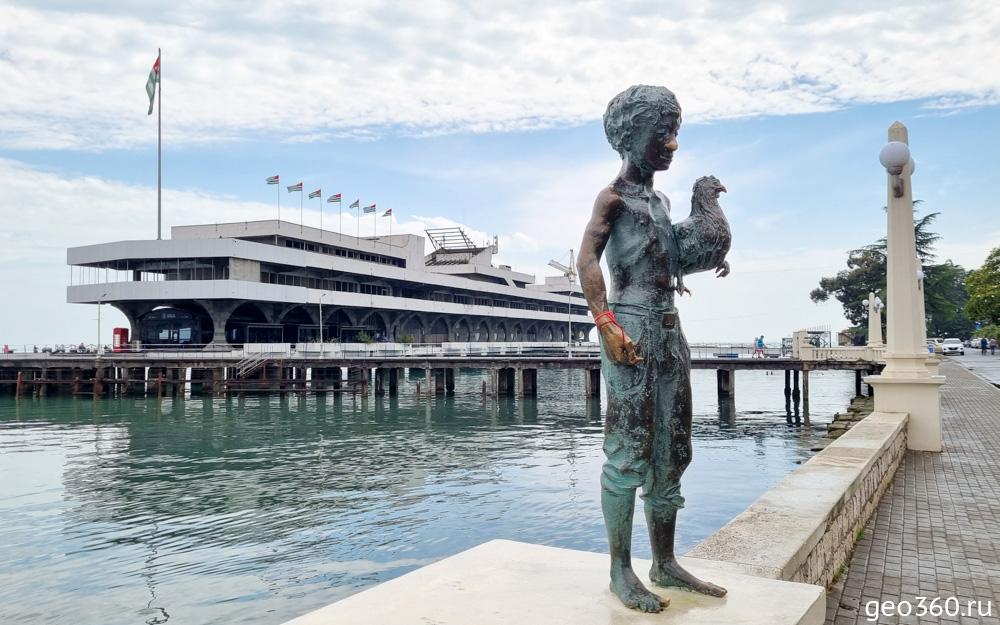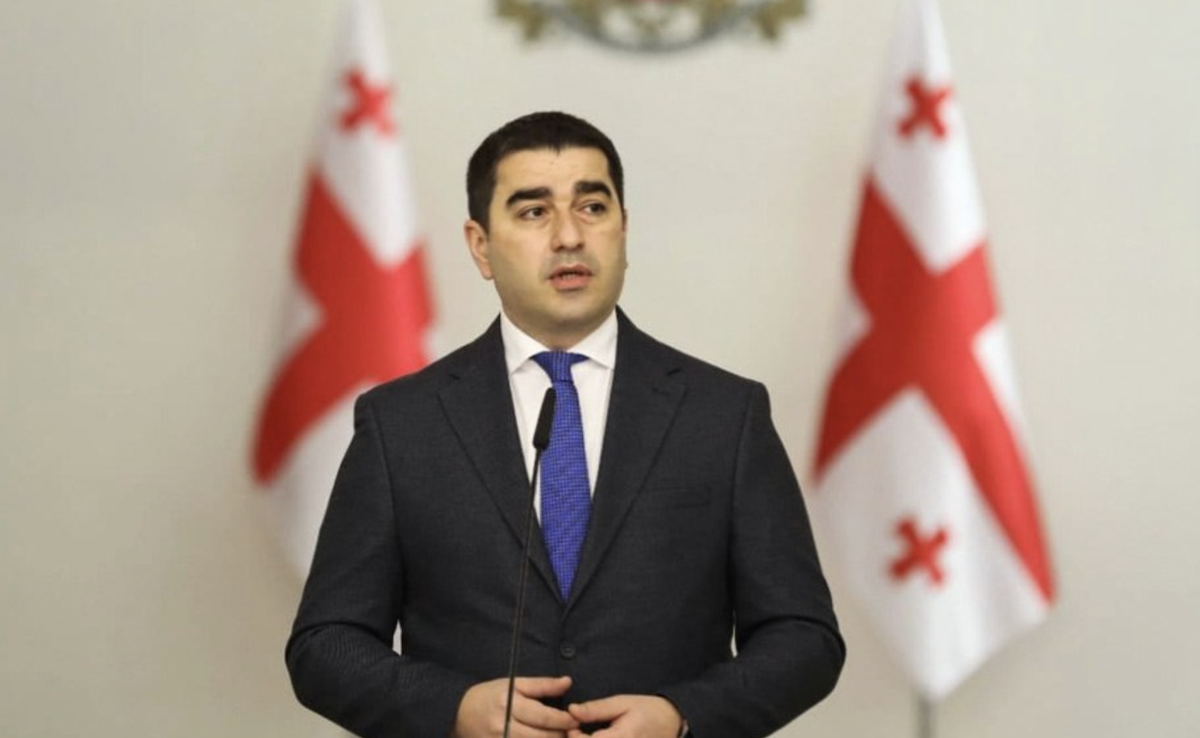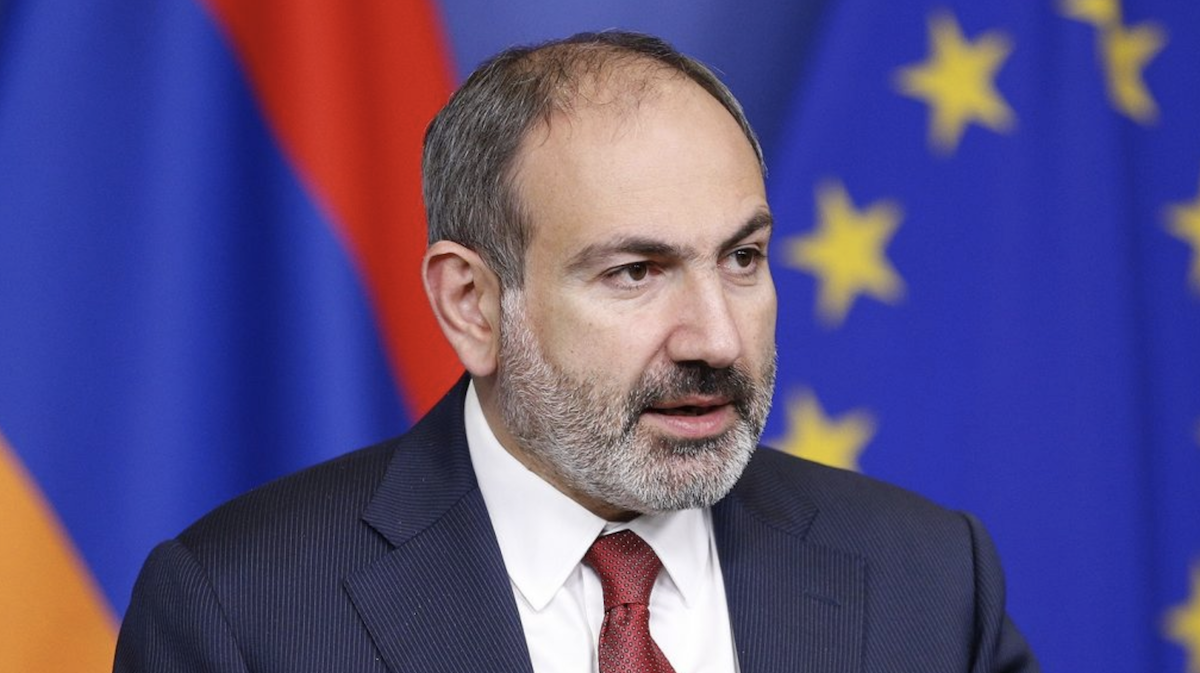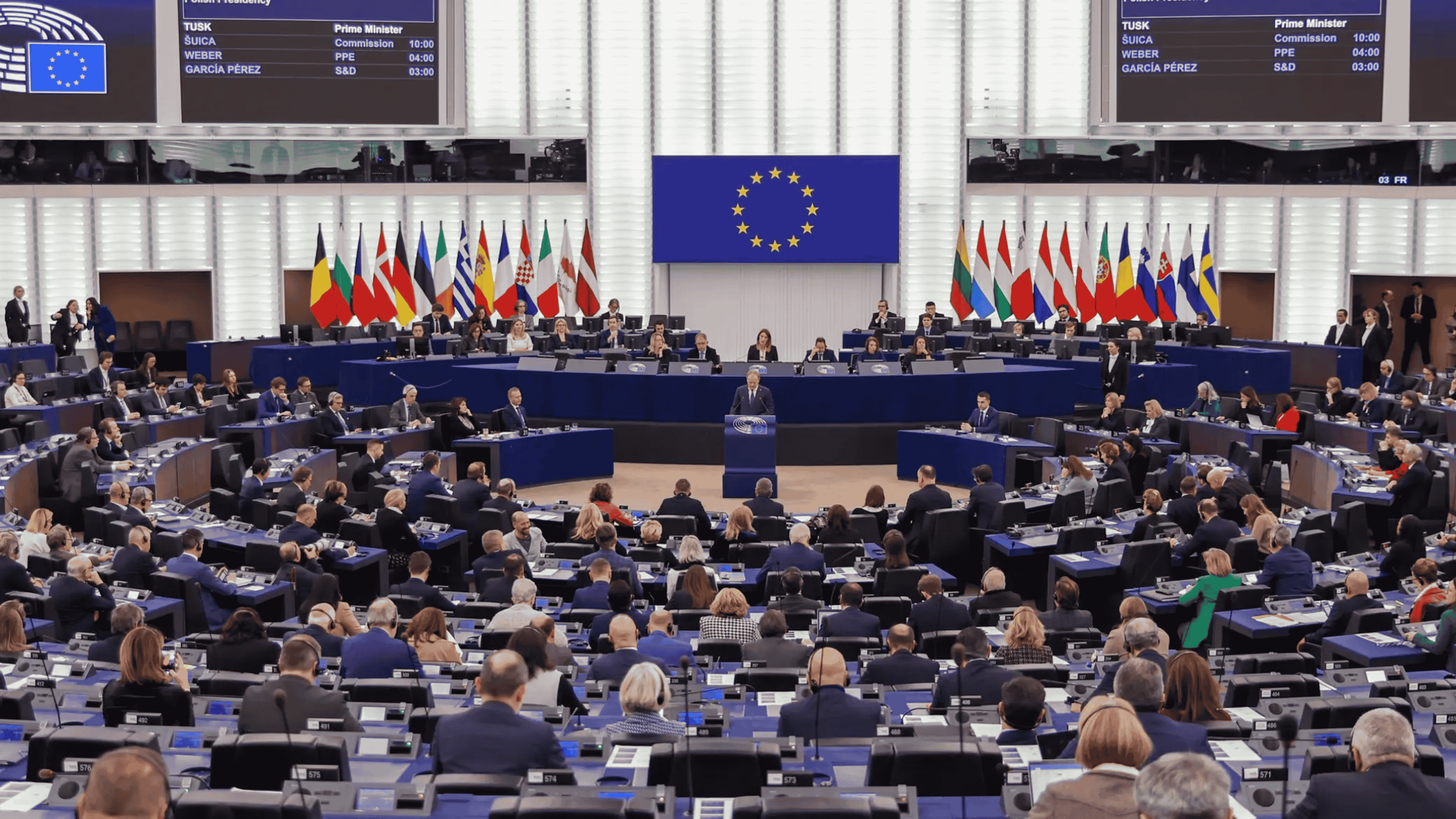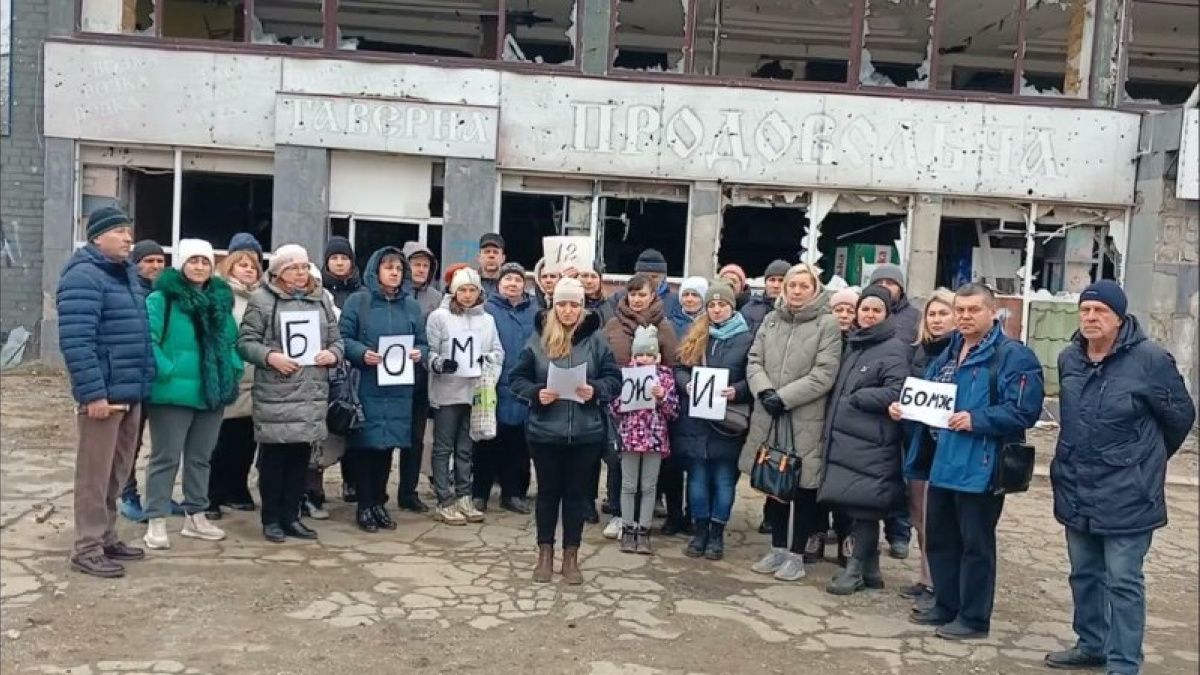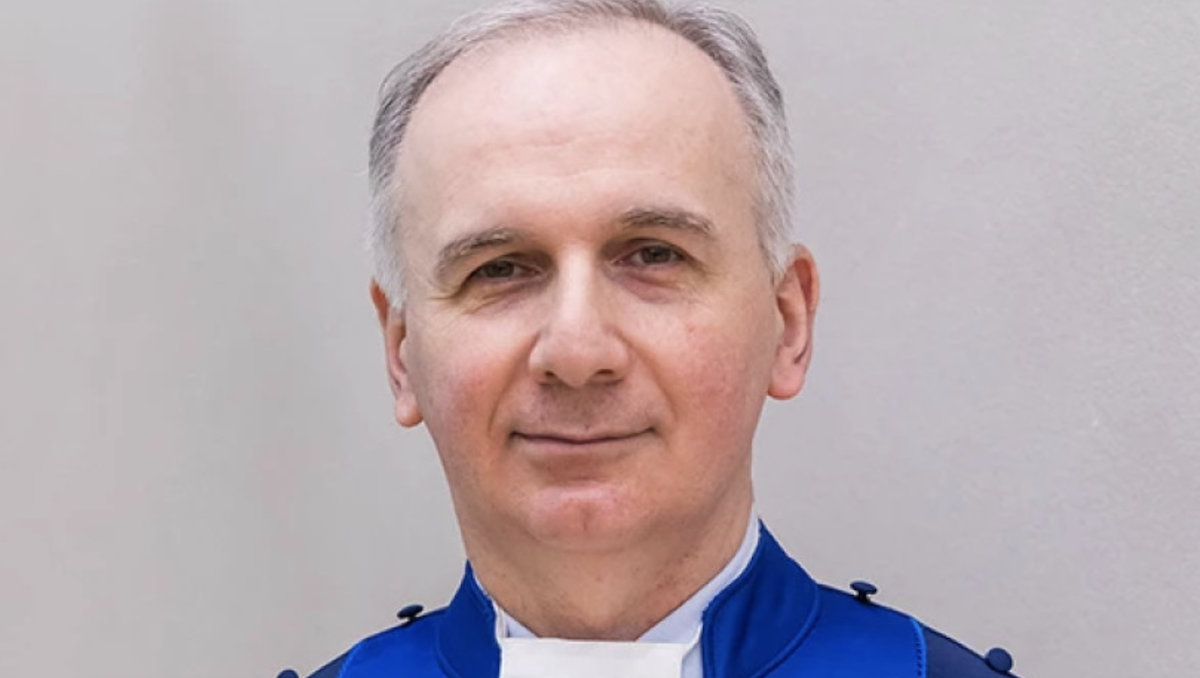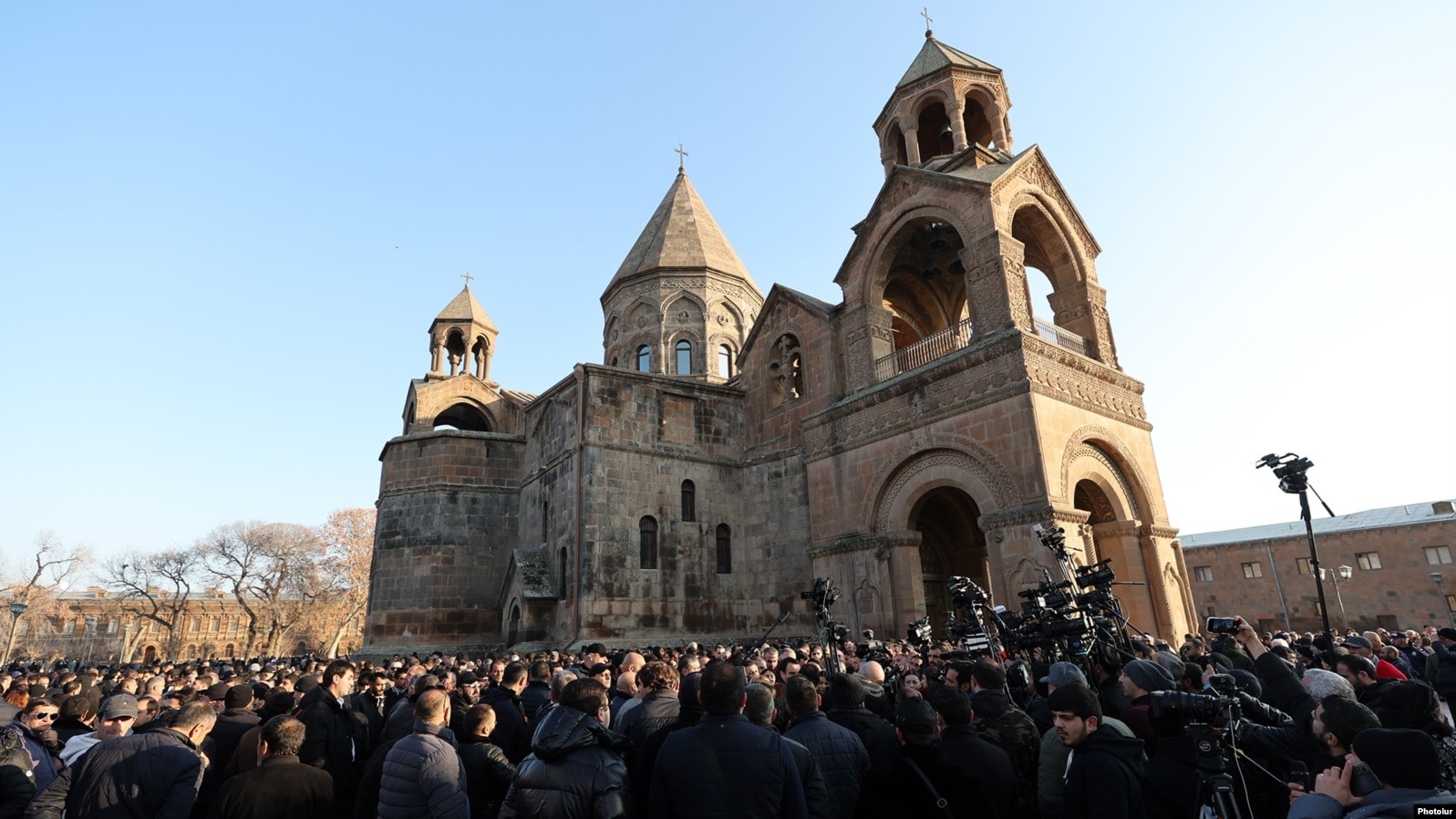Abkhazia drafts constitutional reform to curb president’s powers
Constitutional reform in Abkhazia
A parliamentary working group in Abkhazia has drafted a constitutional reform bill aimed at curbing presidential powers by transferring some of them to parliament.
The document was prepared with input from MPs, judges, lawyers, as well as public and political figures.
This is the fourth attempt in the past 20 years to amend Abkhazia’s constitution, which was adopted in 1994.
The work of three previous state commissions, formed at different times by presidents Sergei Bagapsh (2005), Raul Khajimba (2014) and Aslan Bzhania (2020), was never completed.
Most experts believe the main reason the reforms failed was the presidents’ reluctance to share their powers. The last three leaders of Abkhazia all left office early following mass protests. According to the working group, this shows that the current presidential system is flawed and the country should move to a presidential-parliamentary model.
The parliamentary working group is proposing the following changes:
- The president would remain head of state but no longer lead the executive branch. That role would go to the prime minister.
- The number of MPs would rise from 35 to 45.
- Parliament would gain real powers to form the government and oversee its work.
- The president would form and chair the Security Council, and submit the military doctrine and foreign policy strategy to parliament for approval.
- A separate article in the “Legislative power” chapter would set out the speaker’s status. Parliament itself would gain more rights, including the power to interpret laws – a function it currently lacks but, the group says, is needed.
- Parliament would approve the state budget and oversee its implementation, form the government and pass votes of no confidence in the cabinet or individual ministers, hear the prime minister’s reports, and decide on removing the president in line with the constitution.
- The prime minister would run the government’s day-to-day work and oversee central and local authorities.
- The government would be formed after parliamentary elections. The president would propose a prime minister, the cabinet’s composition and structure, and a programme of action. If parliament backed the proposal with a simple majority, the government would be formed. If it rejected it, the initiative would pass to parliament. At least one-fifth of MPs could then nominate a prime minister, cabinet and programme. If a majority supported this, the government would be formed. If not, the president would appoint a prime minister and programme independently, and parliament would vote to approve it. If parliament rejected it, the president would dissolve parliament and call new elections.
The reform proposal will go to parliament for consideration after the summer recess.
Toponyms, terminology, views and opinions expressed by the author are theirs alone and do not necessarily reflect the views and opinions of JAMnews or any employees thereof. JAMnews reserves the right to delete comments it considers to be offensive, inflammatory, threatening or otherwise unacceptable.










